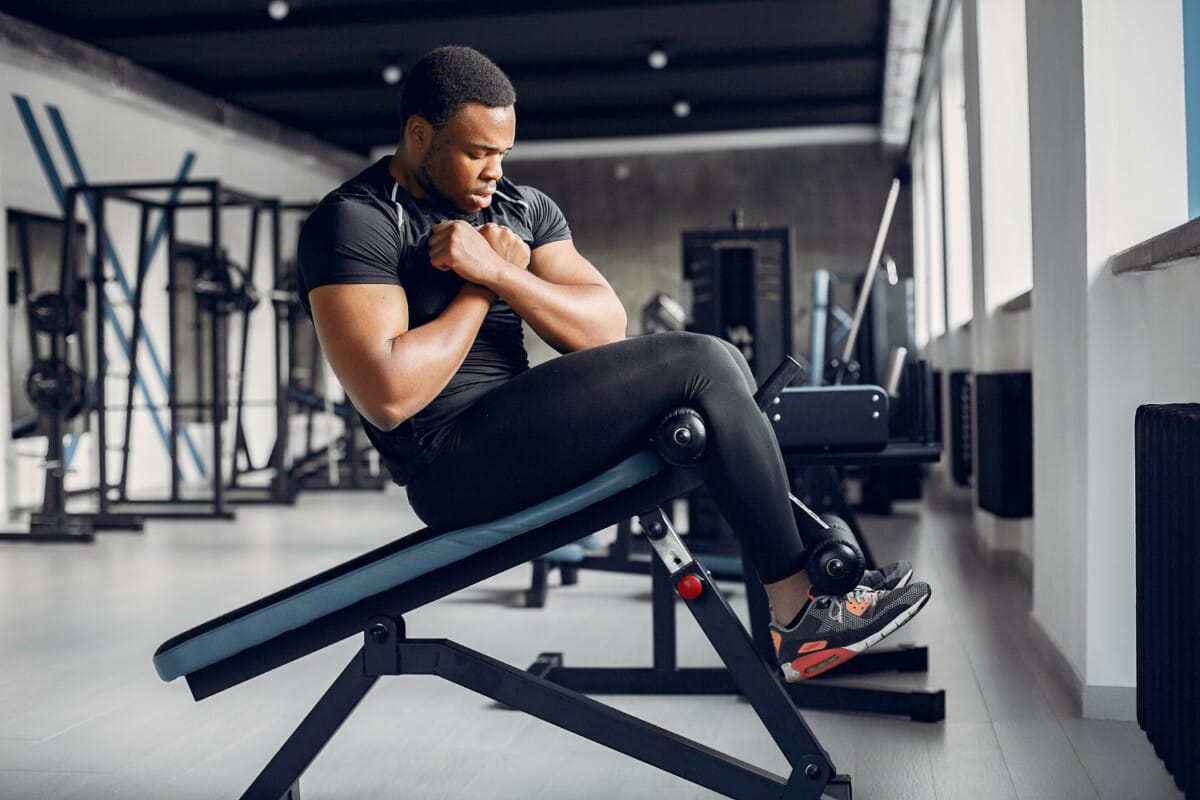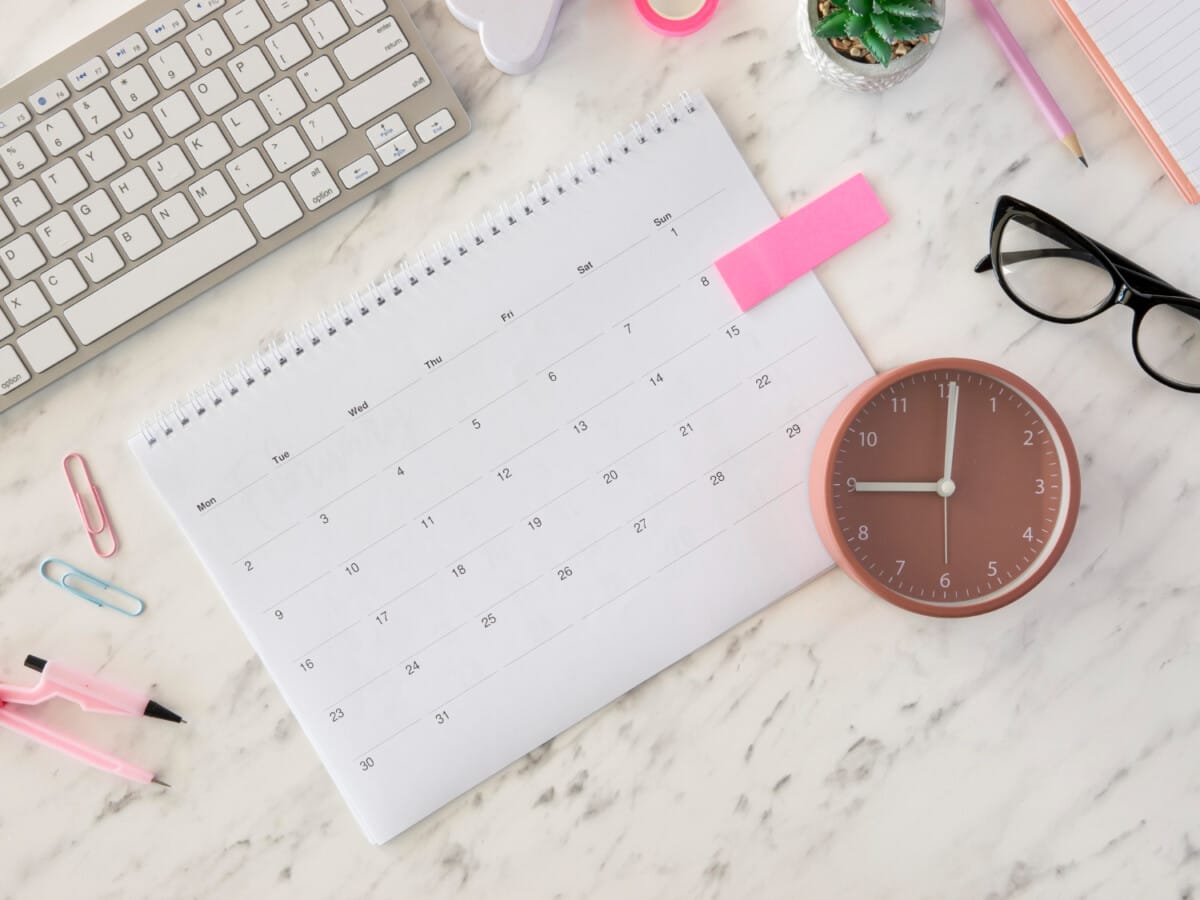Healthy Bodies, Confident Voices
The topic of health and fitness is far more than just vocabulary about food and exercise—it’s a gateway to communication that’s deeply personal, practical, and empowering. Students use this language not only to talk about how they feel, but also to navigate real situations in schools, workplaces, clinics, and communities.
For many learners, this might include telling a doctor where something hurts, asking about healthy food choices, explaining a fitness routine, or even chatting with a friend about a new sport they’ve started. These are everyday conversations that build connection—and require the right words to feel confident and understood.
This topic also opens up language related to emotional well-being. Talking about stress, relaxation, or what makes us happy is essential for developing not only language skills, but emotional awareness. In a world where mental health is part of the conversation more than ever, giving students the tools to talk about how they feel is a gift they’ll use far beyond the classroom.
And then there’s the workplace. Whether a student is employed in hospitality, childcare, construction, or office work, health comes up often—from discussing sick days and vaccinations to explaining food preferences or allergies. Understanding basic health terms and habits is vital for safety, professionalism, and self-care.
Even in daily routines, this language matters. Going to the gym, cooking a healthy meal, managing a schedule with time for rest—these are things students do already. Learning how to talk about them in English builds both language fluency and self-esteem.
Bringing health and fitness into your lessons encourages students to talk about real habits, real feelings, and real goals. It helps them make informed choices, speak up when something’s wrong, and build a healthier life in every sense.
Add this set of paragraphs to your teaching library today and help your students strengthen both their language skills and their everyday lives—one healthy habit at a time.









